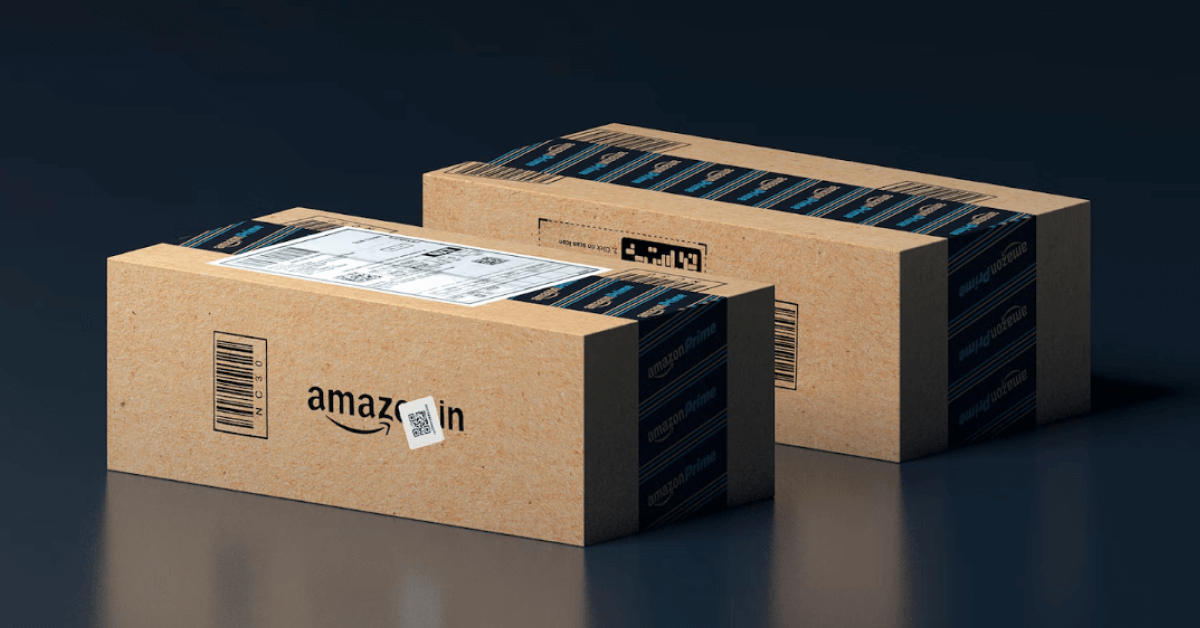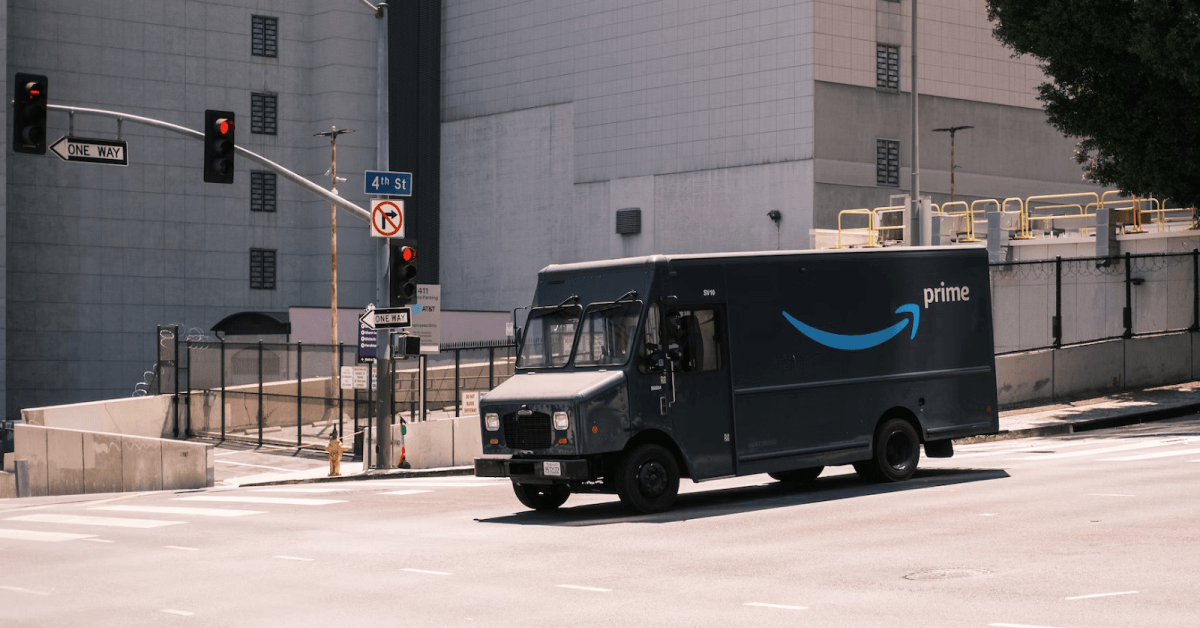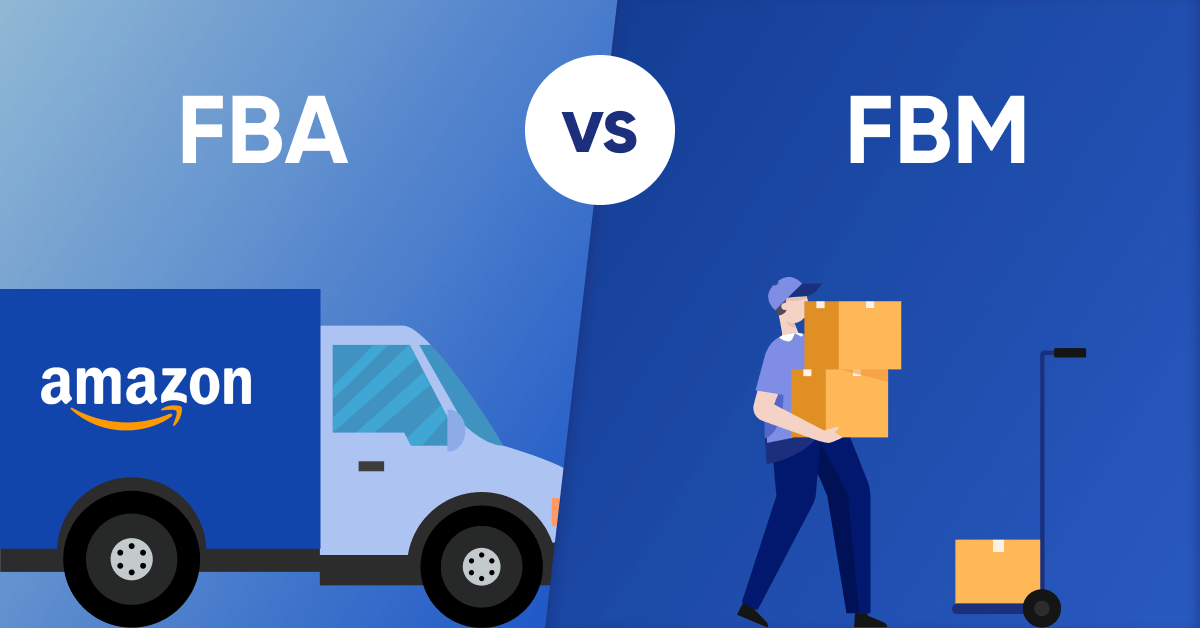Understanding Amazon as a Multichannel Merchant
 Fulfil
Fulfil
In this article, we’ll cover managing inventory at Amazon, fulfilling orders once it’s there, and setting yourself up for long-term success.

Introduction
Over the past several years Amazon has continued to dominate as a leading eCommerce marketplace with over 200 million Prime subscribers, doubling from 100 million in 2018. With the unparalleled customer experience of Prime for fulfillment and selection, Amazon is the preferred place to buy things online for many consumers. Because of this, if you’re a merchant who exclusively sells things Direct-to-Consumer (D2C) via your website, there are likely people searching for your product on Amazon who won’t buy directly from you. Therefore, many merchants choose Amazon as the first channel to expand to; however, it can be challenging to effectively use Amazon as a driver for bottom line growth, without understanding the nuances of the platform. In this article, we’ll cover managing inventory at Amazon, fulfilling orders once it’s there, and setting yourself up for long term success.

Fulfillment - FBA vs FBM
Getting your product to your customers is arguably the most important part of any eCommerce operation, and there are two main ways to do this on the Amazon sales channel:
Fulfilled by Amazon (FBA)
In this situation, Amazon stores and ships your products on your behalf, handling all aspects of fulfillment from pick, pack, and ship, to customer service and including returns. For many merchants this can be the simplest way to get started with Amazon as it outsources the logistical overhead that typically accompanies a channel expansion. This is also the simplest way to get the Prime label on your product, which offers your customers free two-day shipping.
Amazon is one of the largest and best-run logistics networks in the world, and if you sell through a large amount of inventory, and particularly if you have a relatively small product, it definitely makes sense to consider taking advantage of this system by using FBA.
Fulfilled by Merchant (FBM)
With FBM, your product is listed on the Amazon marketplace, but when an order is placed it is your responsibility to fulfill the shipment to the customer. This means that Amazon is not involved in the post purchase logistics process at all, including fulfillment and customer service.
FBM might be the right choice if you sell a lower volume of products, keep less inventory on hand, have oversized or temperature sensitive goods, or already have a streamlined logistics and fulfillment system in place. In addition to your own warehouse, this could also be a 3PL that’s capable of complying with Amazon’s fulfillment requirements for FBM.

Inventory at Amazon
Contrary to your owned and operated warehouse, or your 3PL, managing inventory at Amazon is a nuanced process that requires careful planning.
To start, it’s important to understand how much inventory you can actually store at Amazon. Amazon provides an allocation of inventory to every brand that sells on the platform using FBA, that’s determined by a wide variety of factors such as product size, sales velocity, and more. Based on this allocation, you are able to send inventory to Amazon for them to store and fulfill products on your behalf.
However, for every unit of your product that you store at Amazon, you’ll be charged a storage fee for however long that product stays at one of their facilities. That said, it’s extremely punishing to have a product run out of inventory on the Amazon platform, which can cause the listing to de-rank, and lose Prime eligibility. Because of this, it’s important to optimize the amount of inventory to minimize storage fees while still keeping enough to prevent running out of stock.
Finally, this allocation of inventory space is not fixed, and can be changed by Amazon without advanced notice to you as a merchant. For example, typically every year around Black Friday / Cyber Monday weekend, Amazon reduces the allocation for each merchant to account for the increased demand across the platform. If you’re a brand using 100% of your allocation, and it gets unexpectedly reduced, you can be stuck in a situation where you’re suddenly paying storage overage fees. Correctly balancing inventory at Amazon is a critical piece of the inventory management puzzle as a multi-channel merchant.
Looking Ahead - Long Term Success with Amazon
To set yourself up for long term success on the Amazon platform, it’s important to have a clear understanding of the platform's strengths, weaknesses, and opportunities that it can provide your brand. While using FBA can help you provide your customers with an unparalleled fulfillment and delivery experience, it can also result in additional operational overhead for your team if not carefully managed.
Additionally, it’s critical to constantly stay up to date with Amazon’s policies and best practices, as these are subject to change at any time and can have a drastic impact on your business if you’re doing a large amount of volume through the platform.
Finally, make sure that you understand the platform fees associated with selling on Amazon, as this will directly impact your profitability and bottom line.
To learn more about how Fulfil makes it dead-simple to start selling on Amazon, book a demo with our team.
Tags:

Fulfil
Fulfil is the AI-native ERP built for modern Shopify and DTC brands. No consultants. No middleware. No surprises. Connect your sales channels, warehouses, accounting, and fulfillment in one system. Set up in weeks, not months.